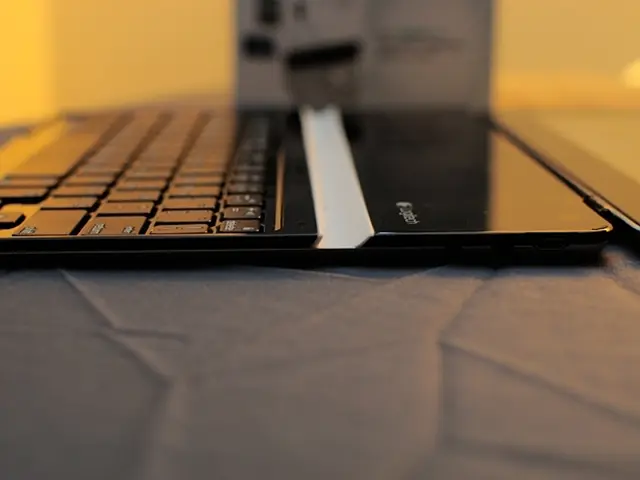Duration of Portable Chargers: Expert Guidance and Recommendations
A portable charger, also known as a power bank, is an essential accessory for modern life, providing power on-the-go for our mobile devices. To ensure your power bank serves you reliably for as long as possible, it's crucial to understand and follow best practices for its care and usage.
Storing Your Power Bank Correctly
Extreme temperatures, direct sunlight, heat, or moisture can negatively impact the performance and lifespan of a portable charger. It's, therefore, better to store it in a cool and dry place.
Avoiding Overuse and Overcharging
Avoid using the power bank while charging, as this can generate excess heat and put stress on the power bank's internal components. It's best to avoid using the power bank while it's being charged.
A high-quality portable charger typically lasts between 2 to 4 years with proper care and average usage, approximately 500 full charge cycles. Daily use—such as topping off a phone twice a day—tends to shorten lifespan towards the 2-year mark, while occasional use can extend it closer to 4 or even 5 years if well maintained.
Factors Affecting Lifespan
- Charge cycles: The battery degrades after about 500 full cycles, impacting capacity.
- Usage frequency: Daily heavy use ages the battery faster.
- Storage conditions: Exposure to heat, moisture, or deep discharge harms battery health.
- Battery management technology: Quality power banks use smart chips to minimize damage and self-discharge.
How to Extend Lifespan
- Avoid deep discharges: Recharge before the battery is critically low.
- Keep in moderate temperature: Store in a cool, dry place, away from direct heat.
- Periodic recharge when unused: Recharge every 2-3 months to prevent deep discharge and excessive self-discharge (which can be around 5–10% per month).
- Use quality power banks: Brands with smart engineering and battery management chips hold charge longer and have extended longevity.
Average Daily Longevity with Usage Patterns
- A 5,000mAh power bank may last about half a day.
- A 10,000mAh unit typically lasts a full day.
- A 20,000mAh power bank can last 2 to 3 days depending on device demand.
Handling Your Power Bank with Care
Dropping or mishandling the power bank can cause physical damage to its internal components, affecting its performance and lifespan. So, handle it with care and avoid rough usage.
Keeping Firmware Updated
Some high-end portable chargers come with firmware that can be updated for improved performance and bug fixes. Checking for firmware updates from the manufacturer's website and keeping the power bank's firmware up to date is recommended.
Using the Right Charging Cable and Adapter
To ensure proper charging, it's best to use the original or high-quality charging cable and adapter that come with the power bank or are recommended by the manufacturer.
Proper Charging and Use May Reduce Capacity Degradation and Increase Your Portable Charger's Lifetime
As stated, appropriate charging and use may reduce capacity degradation and increase your portable charger's lifetime.
Examine the Capacity, Charging Accessories, and Condition before Replacing a Portable Charger that Dies Fast
If your portable charger dies rapidly, examine its capacity, charging accessories, and condition before replacing it.
Less Expensive or Inferior Quality Power Banks Might Have a Reduced Lifespan Compared to Higher-Quality Power Banks
Less expensive or inferior quality power banks might have a reduced lifespan compared to higher-quality power banks.
Power Banks May Lose Charge While Not in Use
The battery's inherent self-discharge rate causes this. Self-discharge rates vary from 2% to 10% per month, depending on power bank quality and capacity.
Draining a Power Bank to 0% or Overcharging It Regularly Can Shorten Its Lifespan
Draining a power bank to 0% or overcharging it to 100% regularly can shorten its lifespan.
A Power Bank with a Higher Capacity Tends to Have a Longer Lifespan Compared to a Power Bank with a Lower Capacity
A power bank with a higher capacity tends to have a longer lifespan compared to a power bank with a lower capacity.
To preserve the technology and longevity of your power bank, store it in a cool, dry place to avoid impact on its performance due to extreme temperatures, direct sunlight, heat, or moisture. Furthermore, avoid using the power bank while charging to prevent the generation of excess heat and stress on the technology within.








